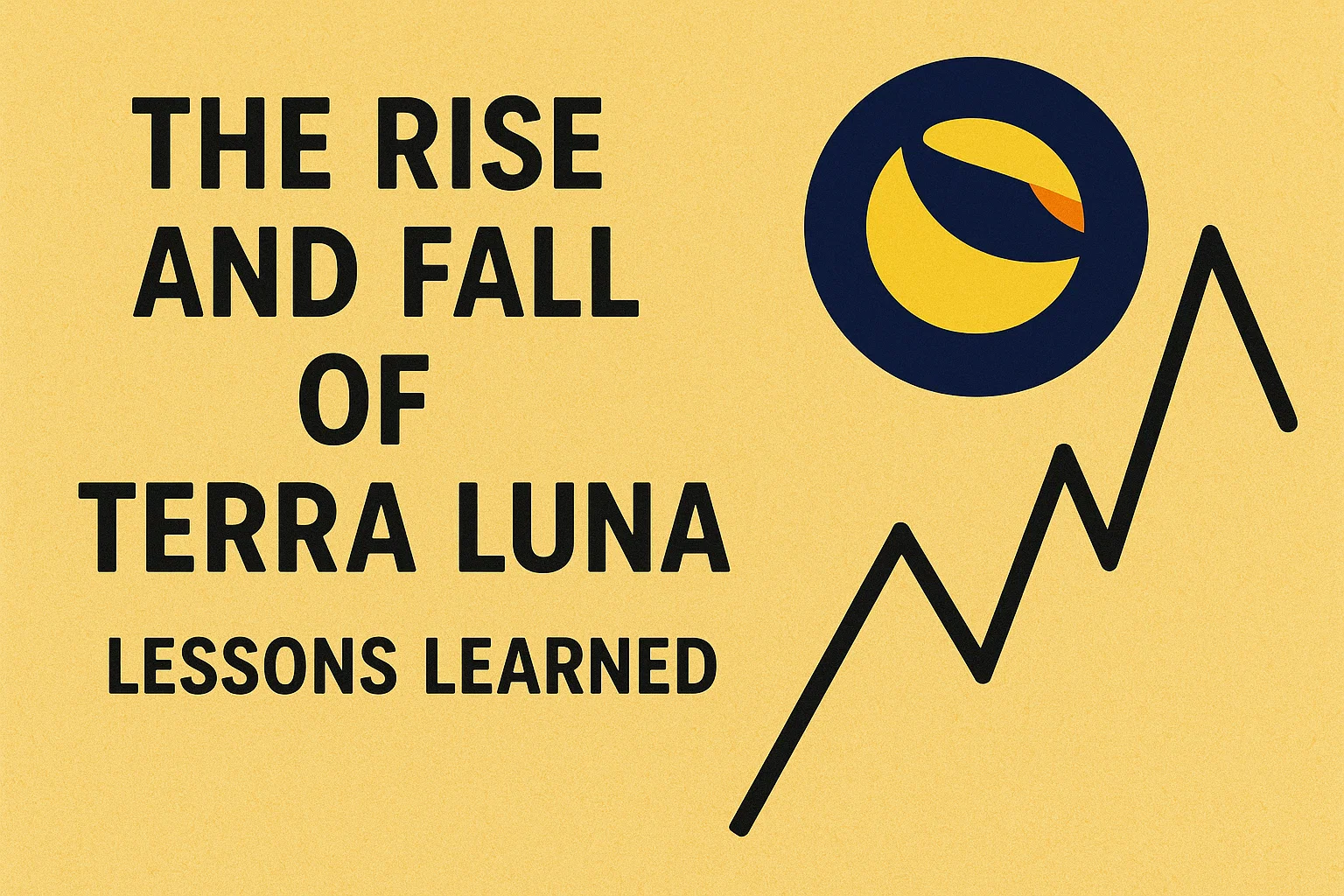Breaking News
Popular News




Enter your email address below and subscribe to our newsletter

In early 2022, the rise and fall of Terra Luna shook the entire crypto world. What was once a top 10 cryptocurrency with a promising decentralized stablecoin system, collapsed in just days—wiping out over $40 billion in value. But why did this happen, and what can we learn from it?
This in-depth guide from bit2050.com explores the full story and 7 essential lessons every crypto investor should carry into 2025 and beyond.
LUNA and UST, developed by Terraform Labs under the leadership of Do Kwon, aimed to create a decentralized algorithmic stablecoin.
The protocol used a burn-and-mint mechanism to keep UST pegged to $1 by adjusting LUNA supply.
With high APYs on Anchor Protocol (nearly 20%), retail and institutional investors rushed in.
In May 2022:
UST depegged from the US Dollar
Massive redemptions began, causing LUNA’s supply to hyperinflate
LUNA fell from over $80 to less than $0.01 in days
Billions were lost, and confidence in algorithmic stablecoins shattered
If a DeFi protocol offers 20% APY, ask: “Where is the money coming from?”
LUNA was decentralized in structure, but not in risk management. Centralized decision-making played a role in poor crisis response.
UST was not backed by real-world assets—making it extremely fragile during market stress.
Without deep liquidity and reserves, even large projects can fall apart in minutes during panic withdrawals.
Many users lost everything because they were “all-in” on LUNA and UST. Diversification is key in volatile markets.
Smart investors monitor real-time wallet activity, liquidity flows, and red flags using tools like Nansen and DeFiLlama.
Post-LUNA, many countries accelerated crypto regulation, especially around stablecoins (like MiCA in the EU, and RBI’s VDA policies in India).
A: Its algorithmic stablecoin UST lost its peg to the USD, triggering a death spiral as LUNA hyperinflated and trust collapsed.
A: Partially. If the protocol had better reserves and governance, the damage might have been contained—but the model itself was fragile.
A: He became a fugitive, facing lawsuits and criminal investigations from multiple countries, including South Korea and the US.
A: Not dead—but the trust and adoption are heavily damaged. Future models may require hybrid or collateralized backing.
A: Terra launched “LUNA 2.0,” but confidence remains low. Most investors treat it as a cautionary tale rather than a comeback story.
The rise and fall of Terra Luna is a reminder of how fast things can change in crypto. No matter how promising a project seems, always DYOR (Do Your Own Research), diversify your holdings, and stay updated through credible sources like bit2050.com.